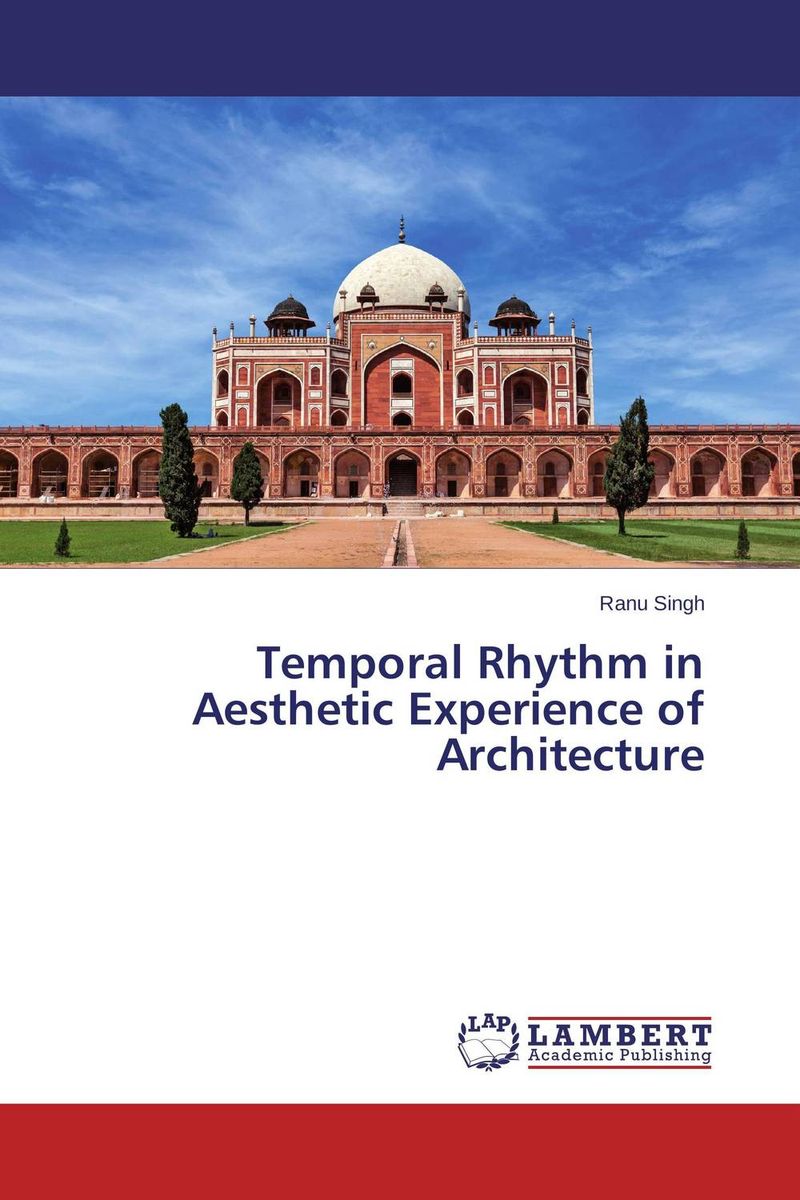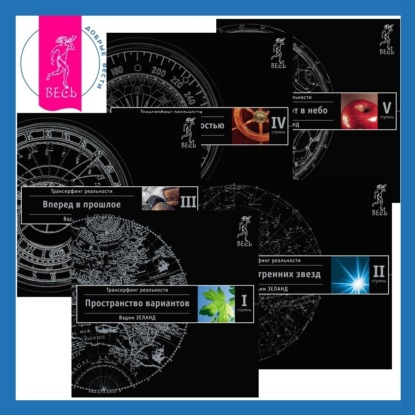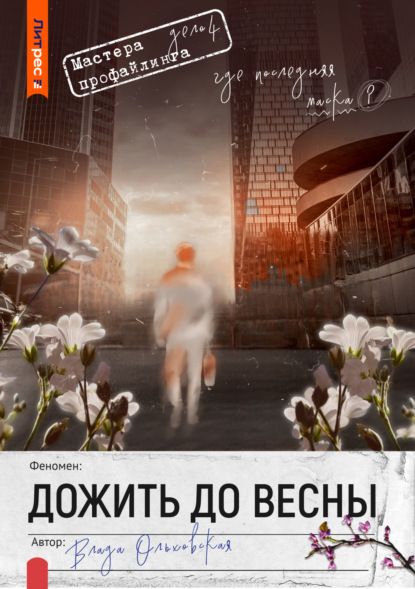Aesthetic theories in architecture have been conceptually based on understanding architecture as a spatial art form, and have increasingly become involved more in abstract, intellectual readings of architecture rather than focusing on the core of its sensorial experience. The present study, by comparatively analyzing the Humayun's Tomb and Sarkhej Roza, brings experience back into the focus of aesthetics and shows the importance of considering the over-all sensory experience of the body moving through space as essential to understanding aesthetic experience. Это и многое другое вы найдете в книге Temporal Rhythm in Aesthetic Experience of Architecture
Temporal Rhythm in Aesthetic Experience of Architecture (книга)
Подробная информация о книге «Temporal Rhythm in Aesthetic Experience of Architecture ». Сайт не предоставляет возможности читать онлайн или скачать бесплатно книгу «Temporal Rhythm in Aesthetic Experience of Architecture »















